Significance
A typical traditional temple, Song Shan Tzu Yu Temple was in earlier times the primary religious center for the residents of the 13 villages that today constitute the Songshan, Xinyi, Nangang, Neihu, Zhongshan, and Daan Districts of Taipei. Over the past two centuries, the temple has accumulated many historical artifacts, including an inscription board bestowed by famed Qing Dynasty Emperor Qianlong, the lions that guard the door of the Sanchuan Hall made during Emperor Jiaqing’s reign (1796 – 1820), stone sculptures, and carved stone wall reliefs from different eras. The Xikou (Songshan) Mazu title tablet found in Fujian in 2012 is concrete evidence indicating that Song Shan Tzu Yu Temple was the first Mazu temple in Taiwan from which a copy of a Mazu statue was consecrated to be taken and enshrined in mainland China.
History
Song Shan Tzu Yu Temple, commonly known as Song Shan Mazu Temple, is dedicated to the Heavenly Holy Mother (Mazu). Beginning in 1736, mendicant monk Heng Zhen (secular name Lin Shouyi, 1713 – 1784), from Quanzhou, began carrying a statue of Mazu with him during his travels to disseminate Her teachings. In the following year, Heng came to Taiwan. He came ashore at Huwei (today’s Danshui), and went straight to Xikou (Songshan) where the local gentry was mostly composed of immigrants from Quanzhou who were also Mazu followers. As a result, a proposal was made to raise funds to build a temple. Construction was completed in 1757 and the temple was named Xikou Mazu Temple. It quickly became the primary religious venue for the residents of the 13 villages of the Xikou area. Sometime between 1760 and 1850, a ship operator named Zhang took a title tablet of Mazu back to Xianyou in mainland China and built a temple dedicated to Mazu there. He also requested a Mazu statue duplicate from Xikou Mazu Temple and escorted it to be enshrined in Xianxia Mazu Temple in Fujian. In 1920, during the Japanese occupation, Xikou was renamed Songshan and the temple was also renamed Songshan Tzu Yu Temple. A fire broke out in the main hall in 1983, and the temple’s appearance today is the result of reconstruction that took place after this event. In 2012, when the Mazu statue of Tzu Yu Temple was on a parade in Fujian, the Xikou Mazu title tablet that Zhang had commissioned was recovered and brought back to Taiwan along with a tablet memorializing Heng Zhen and several other precious historical artifacts.
Special Features
1Layout of the Temple Song Shan Tzu Yu Temple was constructed in a typical Sanchuan layout with three jin (an ancient Chinese architectural unit denoting the number of doors one must go through to reach the main part of the building) and five entryways (different sets of doors separated by different roofs). Over the main hall are three layers of eaves. The bell tower on the left and the drum tower on the right stand facing each other from a distance. On the roof ridge that spans the solemn Sanchuan Hall are two dragons flanking and guarding the Gods of Wealth, Fortune, and Longevity. Most of the jiǎnnián (a mosaic-like traditional cut-and-paste porcelain craft) and Koji ceramic decorations on the roof depict dragons and phoenixes or historical events. Over the center door, which is reserved for the use of the Gods, are inscribed the words Tzu Yu Temple. The Dragon Door on the right, through which temple goers enter, has the Chinese for Right Deputy inscribed above it, and the Tiger Door, or exit door, to the left has the characters for Left Deputy written overhead. The rear hall is a five-storey building. Whether seen from up close or from a distance, it is an imposing structure.
Song Shan Tzu Yu Temple was constructed in a typical Sanchuan layout with three jin (an ancient Chinese architectural unit denoting the number of doors one must go through to reach the main part of the building) and five entryways (different sets of doors separated by different roofs). Over the main hall are three layers of eaves. The bell tower on the left and the drum tower on the right stand facing each other from a distance. On the roof ridge that spans the solemn Sanchuan Hall are two dragons flanking and guarding the Gods of Wealth, Fortune, and Longevity. Most of the jiǎnnián (a mosaic-like traditional cut-and-paste porcelain craft) and Koji ceramic decorations on the roof depict dragons and phoenixes or historical events. Over the center door, which is reserved for the use of the Gods, are inscribed the words Tzu Yu Temple. The Dragon Door on the right, through which temple goers enter, has the Chinese for Right Deputy inscribed above it, and the Tiger Door, or exit door, to the left has the characters for Left Deputy written overhead. The rear hall is a five-storey building. Whether seen from up close or from a distance, it is an imposing structure.
2Qing Dynasty Stone Lions The two stone lions at the entrance of Song Shan Tzu Yu Temple were sculpted in 1803, more than two centuries ago. Unlike most temple lion statues, they eschew ornate embellishment, and their simple lines express a sense of clean sophistication. The female lion has her mouth closed whereas the male lion’s mouth is open in a snarl with his fangs showing. The two lions symbolize heaven and earth as well as yin and yang, and are the guardians of the temple. During one of the temple’s many reconstructions, the lions were misplaced and lost for a time before later being rediscovered and placed once again in front of Sanchuan Hall to resume their watch.
The two stone lions at the entrance of Song Shan Tzu Yu Temple were sculpted in 1803, more than two centuries ago. Unlike most temple lion statues, they eschew ornate embellishment, and their simple lines express a sense of clean sophistication. The female lion has her mouth closed whereas the male lion’s mouth is open in a snarl with his fangs showing. The two lions symbolize heaven and earth as well as yin and yang, and are the guardians of the temple. During one of the temple’s many reconstructions, the lions were misplaced and lost for a time before later being rediscovered and placed once again in front of Sanchuan Hall to resume their watch.
3A Consecrated Copy of the Tzu Yu Temple Mazu Retuned from FujianOne of the Mazu statues gracing the altar table in the main hall is unadorned and holding a ritual baton in her clasped hands. With over two centuries of history, she is actually one of the three original Mazu statues given to Xianyou, Xianxia Mazu Temple in Putian City, Fujian Province, China. Some time ago, when staff from Xianxia Mazu Temple visited Taiwan to trace the source of their Mazu statues, it was discovered that the Mazu statues in Xianyou Mazu Temple had in fact had their divine spirit imparted from the one in Song Shan Tzu Yu Temple. The three statues had been hidden in private homes for protection during the Cultural Revolution. One of them has never been found. Of the remaining two, one was brought back to Taiwan by Song Shan Tzu Yu Temple along with the Xikou Mazu title tablet in 2012.
4The Xikou Mazu Title Tablet The Xikou Mazu title tablet now hanging in the main hall of Song Shan Tzu Yu Temple also has an interesting history. Sometime between 1760 and 1850, a ship operator named Zhang requested for Mazu’s approval and funding support to build a temple in Xianyou, in mainland China’s Fujian Province. Xikou (Songshan Tzu Yu) Temple imparted the tablet and a portion of Mazu’s spirit in a statue to be enshrined in Xianxia Mazu Temple, Xianyou. After the Communist Revolution in mainland China, all contact across the Taiwan Strait was cut for decades. At long last, the title tablet was recovered in 2012, and has since served as a testament to the history of Mazu traveling back to Fujian from Taiwan.
The Xikou Mazu title tablet now hanging in the main hall of Song Shan Tzu Yu Temple also has an interesting history. Sometime between 1760 and 1850, a ship operator named Zhang requested for Mazu’s approval and funding support to build a temple in Xianyou, in mainland China’s Fujian Province. Xikou (Songshan Tzu Yu) Temple imparted the tablet and a portion of Mazu’s spirit in a statue to be enshrined in Xianxia Mazu Temple, Xianyou. After the Communist Revolution in mainland China, all contact across the Taiwan Strait was cut for decades. At long last, the title tablet was recovered in 2012, and has since served as a testament to the history of Mazu traveling back to Fujian from Taiwan.
5The Lì Jì Cān Tiān Inscription Board After establishing the Xikou Mazu Temple in Taiwan and seeing that his dissemination of Mazu’s teachings had achieved some results, the monk Hengzhen (Lin Shouyi), founder of the temple, returned to his hometown, Xianyou, in 1783 to build another Mazu temple named Longxing Temple. A board with the inscription Lì Jì Cān Tiān was bestowed upon Longxing Temple by the Qing Dynasty Emperor Qianlong (the inscription refers to the benefits and aid conferred by Mazu). However, because the inscription board was gifted to Longxing Temple by the emperor, it could not be brought to Taiwan at the time. Therefore, monk Hengzhen and the residents of the 13 villages had a second board inscribed, which was signed “A Contribution from the Humble Local Gentry.” In the 1950s, Longxing Temple was dismantled and faithful worshippers hid the first inscription in their homes. In 2011, the first inscription board was found in a private home in mainland China and brought to Tzu Yu Temple. Today, both inscription boards hang in the main hall.
After establishing the Xikou Mazu Temple in Taiwan and seeing that his dissemination of Mazu’s teachings had achieved some results, the monk Hengzhen (Lin Shouyi), founder of the temple, returned to his hometown, Xianyou, in 1783 to build another Mazu temple named Longxing Temple. A board with the inscription Lì Jì Cān Tiān was bestowed upon Longxing Temple by the Qing Dynasty Emperor Qianlong (the inscription refers to the benefits and aid conferred by Mazu). However, because the inscription board was gifted to Longxing Temple by the emperor, it could not be brought to Taiwan at the time. Therefore, monk Hengzhen and the residents of the 13 villages had a second board inscribed, which was signed “A Contribution from the Humble Local Gentry.” In the 1950s, Longxing Temple was dismantled and faithful worshippers hid the first inscription in their homes. In 2011, the first inscription board was found in a private home in mainland China and brought to Tzu Yu Temple. Today, both inscription boards hang in the main hall.
6The Stone Sculpture Exhibition Area The stone sculptures Tzu Yu Temple has accumulated in past two hundred-odd years are kept in the Song Shan Tzu Yu Temple Stone Sculpture Exhibition Area behind the temple by the levee on Songhe Street. They include dragon columns, stone wall reliefs, and other items left behind from the temple’s seven reconstructions and post-fire rebuilding. The dragon columns are absolutely unique. Their decoration is entirely different from typical dragon columns. Carved upon them are depictions of people riding a whole menagerie of animals, such as rabbits, roosters, frogs, and crabs, rather than the horses one expects to find. They circle the entirety of both columns from top to bottom. Despite years of wear, the carvings are still in good condition and many details can still be easily identified.
The stone sculptures Tzu Yu Temple has accumulated in past two hundred-odd years are kept in the Song Shan Tzu Yu Temple Stone Sculpture Exhibition Area behind the temple by the levee on Songhe Street. They include dragon columns, stone wall reliefs, and other items left behind from the temple’s seven reconstructions and post-fire rebuilding. The dragon columns are absolutely unique. Their decoration is entirely different from typical dragon columns. Carved upon them are depictions of people riding a whole menagerie of animals, such as rabbits, roosters, frogs, and crabs, rather than the horses one expects to find. They circle the entirety of both columns from top to bottom. Despite years of wear, the carvings are still in good condition and many details can still be easily identified.
Reminders
Tzu Yu Temple is the primary center of worship for the residents of Xikou’s (Songshan’s) thirteen neighborhoods. Every year on Mazu’s birthday (the twenty-third day of the third lunar month), during the Goddess’ inspection parade, the residents of the thirteen neighborhoods set up altar tables outside their homes and shops and prepare flowers and fruit to greet and pay respects to Her as She passes. The entire Songshan area comes alive with a festive atmosphere on that day.
Panoramic
Directions